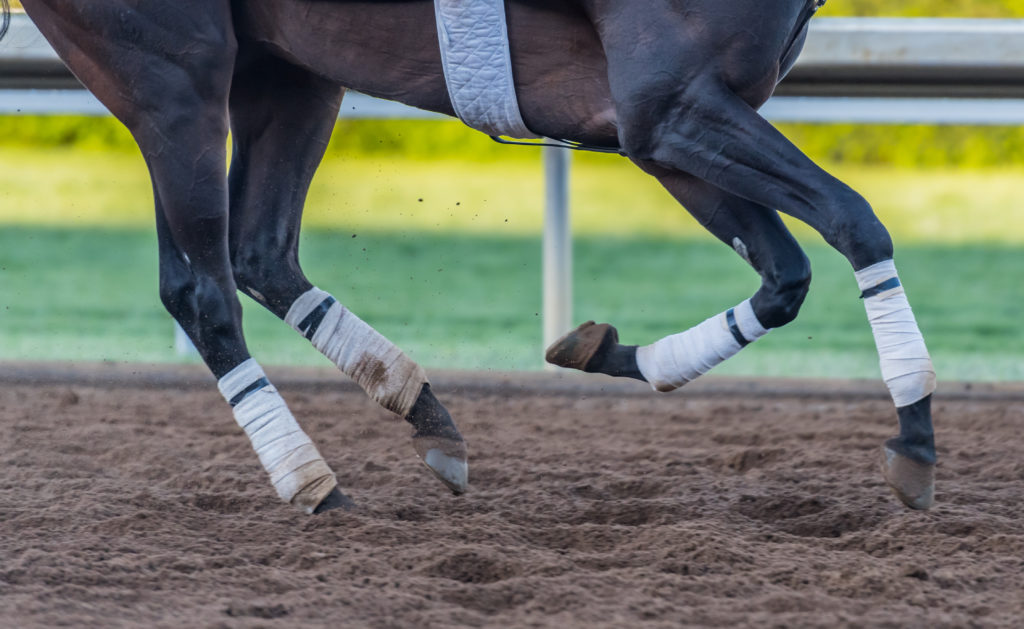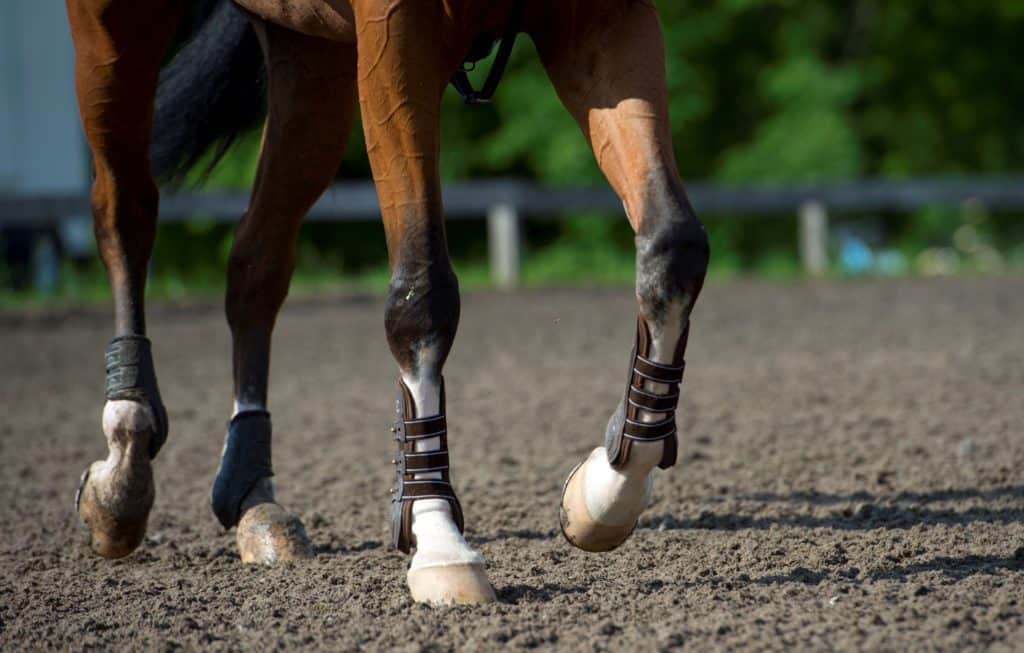
Choosing Products for Horse Joint Injections
Corticosteroids vs. orthobiologics vs. polyacrylamide hydrogels. How do veterinarians choose which is best? One veterinarian explains in this Ask TheHorse Live excerpt.

Corticosteroids vs. orthobiologics vs. polyacrylamide hydrogels. How do veterinarians choose which is best? One veterinarian explains in this Ask TheHorse Live excerpt.

Find out how a colt with persistently puffy hocks but no lameness was diagnosed with and treated for a medial malleolus lesion.

Develop a therapeutic exercise program to help keep equine athletes and recreational horses alike feeling their best.

Detecting and managing osteoarthritis in its early stages can go a long way toward keeping your horse sound, comfortable, and happy in his job for years to come.

Your horse’s recovery from surgery should start long before heading to the OR.

Researchers are exploring improved ways to heal these notoriously complicated soft tissue structures.

Dr. Howland Mansfield explains the pros and cons of these two common treatments for osteoarthritis in horses.

Veterinarians have a number of methods at their disposal for treating and managing equine osteoarthritis. Learn about the different therapies and how they work.

Recent study results show this treatment for osteoarthritis might benefit horses in both the short and long term.

Learn how these injuries happen, how veterinarians treat them, and tips for preventing them in the first place.

Scott Anderson, DVM, explains how shock wave therapy can help a suspensory ligament injury heal quickly and successfully.

Equine practitioners explain how they use orthobiologics to treat common causes of equine lameness.

Mesenchymal stem cells might improve the prognosis for horses with suspensory ligament injuries previously associated with negative outcomes.

Two veterinarians share how they diagnose, treat, and rehab back-sore horses.

Researchers believe this approach is safe for use in healthy equine joints and might be beneficial for treating osteoarthritis in horses.

An equine surgeon describes equine orthobiologics currently available for joint and other injuries and how veterinarians might use these products in the future.
Stay on top of the most recent Horse Health news with
"*" indicates required fields